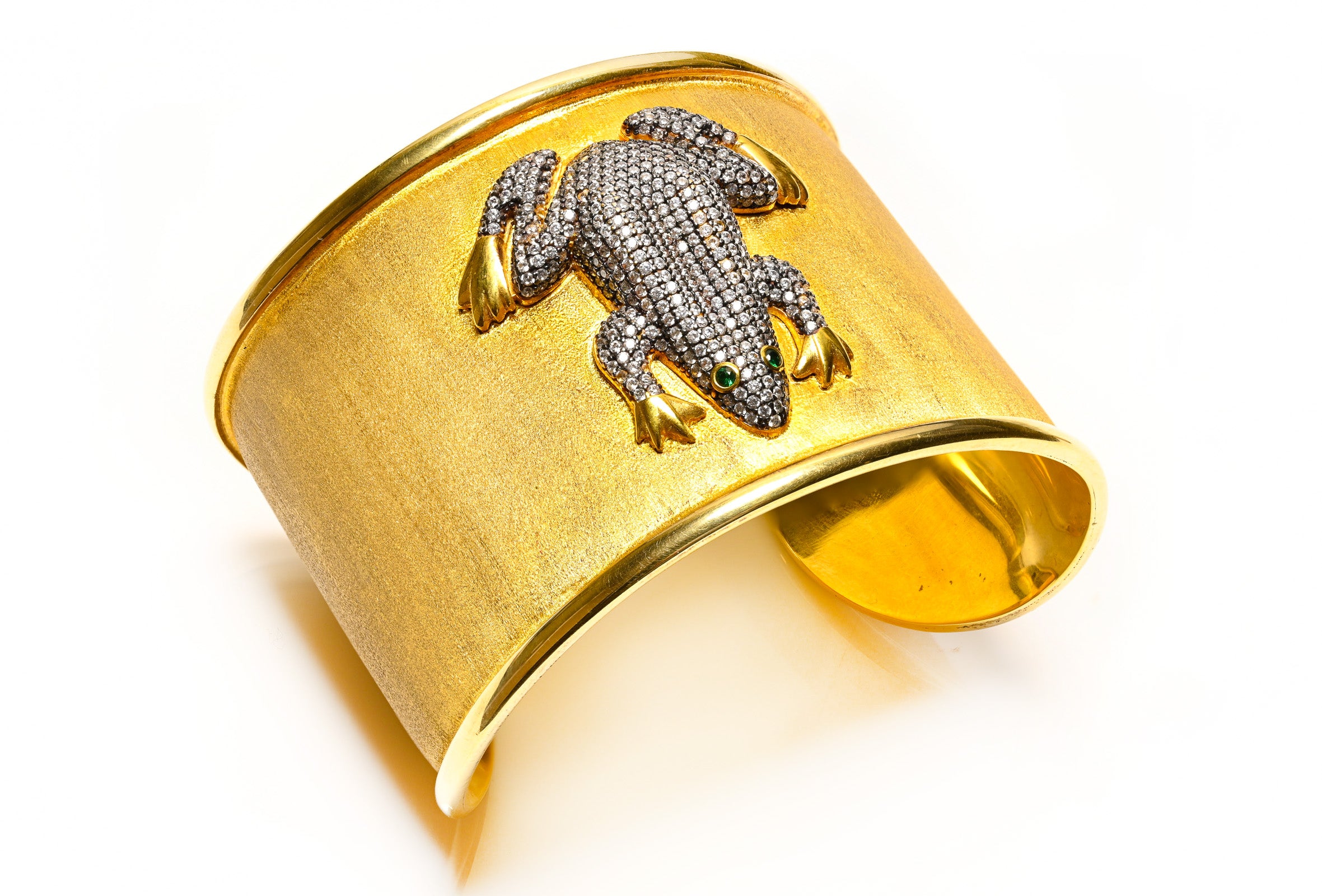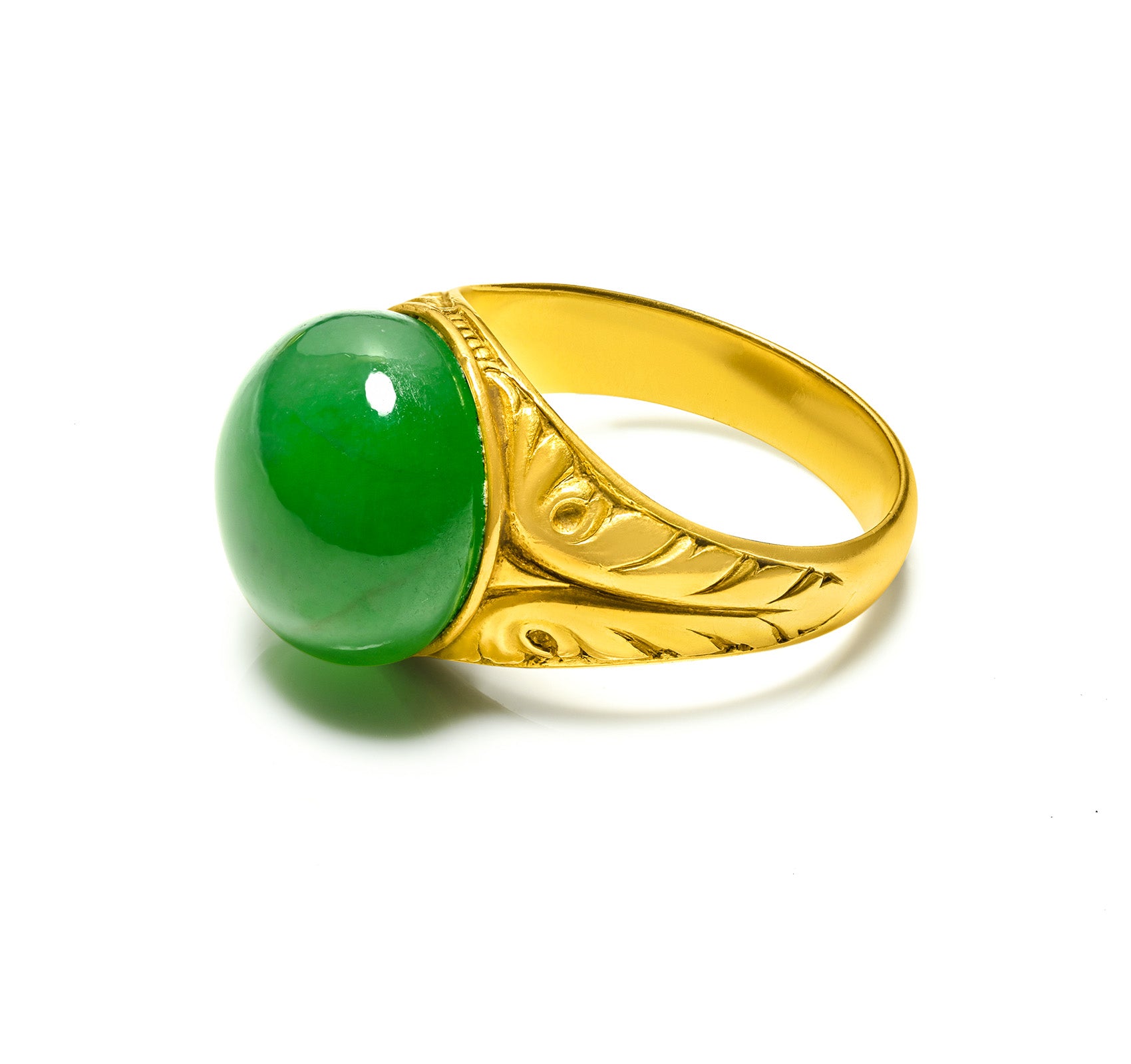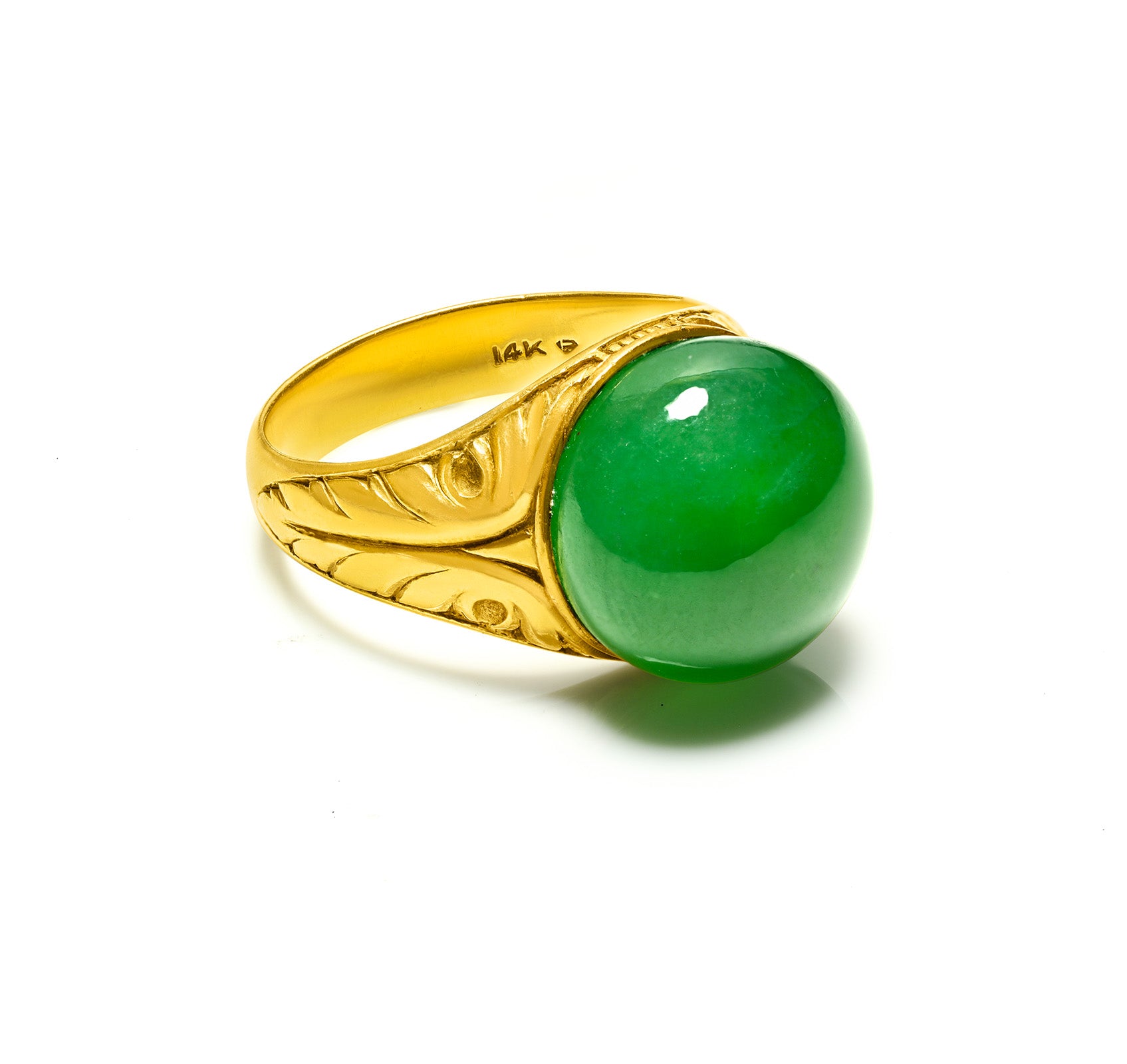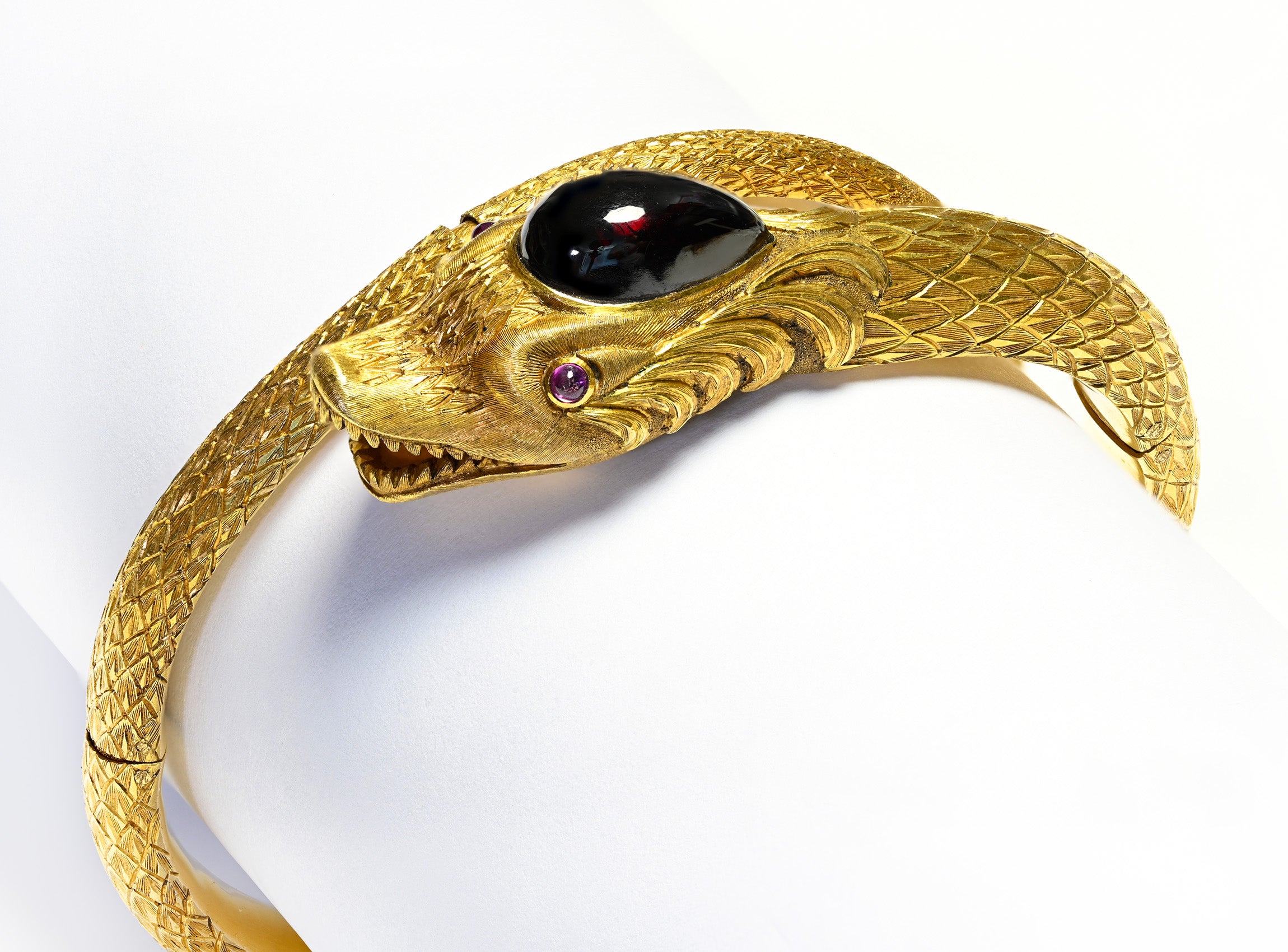
How To Get Rid Of The Fear Of Heights | How Can Jewelry Help
How exactly do you get rid of the fear of heights, a common condition that affects a wide range of people in society? How do scientists treat this phobia?
People suffer from certain identified phobias, one of the most common being acrophobia - the extreme and irrational fear of heights. People suffering from this condition may experience a panic attack in a high place and become too agitated to get down safely. Between 2 and 5% of the entire population suffer from fear of heights, twice as many women as men.
When in such a situation, the person's heart begins to pound, breathing and body temperature increase, they experience nausea, start to shake, or even faint.
Mentally, a person perceives the situation as much more dangerous than it really is, and such a phobia leaves serious traces in a person's life, practically disrupting their daily activities, which is why professional help is needed.
How Can You Get Rid Of The Fear Of Heights?
1. Behavioral Therapy
The most effective intervention in treating phobias is exposure. Anxiety is treated where it occurs, and treating it involves exposure to anxiety.
In the 1960s, psychologists began to turn to radical therapies to heal mental "wounds". The first type of behavioral therapy is desensitization - gradually exposing the patient to the situations they fear. This allows step-by-step adaptation to gradually overcome the fear. Mentally visualizing situations that you fear, walking with a glass elevator, or other such actions could be very helpful.
Two ways of exposure can be used, in imagination or in vivo - direct exposure to the phobic stimulus. In both cases, exposure can be gradual or sudden immersion in the phobic situation.
2. Psychotherapy
Psychotherapy is more than indicated, as it tries to identify the roots of the phobia, a possible traumatic childhood event.
Childhood events may be possible causes of phobia, but some psychologists say it is instinctive, stemming from our primitive ancestors and their fear of rocks.
3. Breathing Or Distraction Techniques
Either intervene in relieving the effects of anxiety on the body or on controlling the negative thoughts that invade us in an anxiety crisis.
In phobic situations, there is always the thought that danger is threatening our lives or that we are about to lose control and are unable to cope. Our inner control helps us to alleviate our phobic state and get through critical situations when there is no one around to support us.
Experts have produced a two-part scheme containing the problem and the solution. The patient is asked to first consider the anticipated likelihood of something happening and then to anticipate what their own coping skills are. The second element is the anticipation of negative consequences. Then it is necessary to assess the anticipated coping strategies that would be available to the individual if the event were to happen.
4. Medication Treatment
Antidepressants prescribed by a medical specialist, as well as tranquilizers, can help control phobia-related symptoms. However, you should also be aware of the side effects that can occur, such as addiction. Family and friends are a very important part of treating this phobia.
There is also a cortisone-based medicine on the market for people with a fear of heights. Cortisol, the stress hormone, "treats" the irrational fear of height. Three sessions of treatment have been shown to be enough to get rid of the phobia, according to the Daily Mail.
An international team of researchers tested the effects of the pill on 40 people with acrophobia. The volunteers were given either the drug or a placebo pill an hour before they were put in a situation where they had to stand at heights, and those who had been "treated" with cortisol were noticeably less frightened than others, according to the Proceedings of the National Academy of Science.
In addition, the effects of the drug were found to be long-lasting, with volunteers experiencing this fear at a lower intensity in the following month after treatment. The pill restricts blood flow to regions of the brain that are involved in reliving memories.
Strange as it may seem, there are many people who live with fear every day, experiencing all sorts of phobias, but these can be overcome with specialist help.
How Can Jewelry Help in Overcoming the Fear of Heights?
While jewelry is often seen as a form of adornment or a statement of personal style, it can also play a more profound role in helping individuals manage anxiety, including the fear of heights. Here's how:
-
Calming and Grounding Properties: Certain types of jewelry, such as pieces featuring gemstones like amethyst or turquoise, are believed to have calming and grounding properties. These stones are often used in holistic approaches to reduce stress and anxiety, helping individuals feel more centered when confronted with situations that trigger their acrophobia.
-
Fidget Jewelry for Anxiety Relief: Fidget jewelry, such as spinner rings or textured bracelets, can serve as a discreet tool for managing anxiety during moments of fear. For those who experience panic attacks when exposed to heights, these pieces offer a tangible way to channel nervous energy, helping to distract the mind and focus on something physical.
-
Symbolic Jewelry for Personal Empowerment: Wearing a piece of jewelry with personal significance can serve as a reminder of one's strength and resilience. For example, a necklace gifted by a loved one or a ring symbolizing a past accomplishment can act as a psychological anchor, reinforcing the idea that overcoming fears is possible.
-
Amulets and Talismanic Jewelry: Throughout history, jewelry has been used as a form of protection. Many cultures believe that wearing certain amulets or talismans can ward off negative energies or fears. Incorporating such pieces into daily life can give wearers a sense of security and confidence when facing their phobia of heights.
By incorporating jewelry into therapeutic practices, individuals can find comfort, distraction, and empowerment, ultimately aiding in their journey to overcome the fear of heights.


















